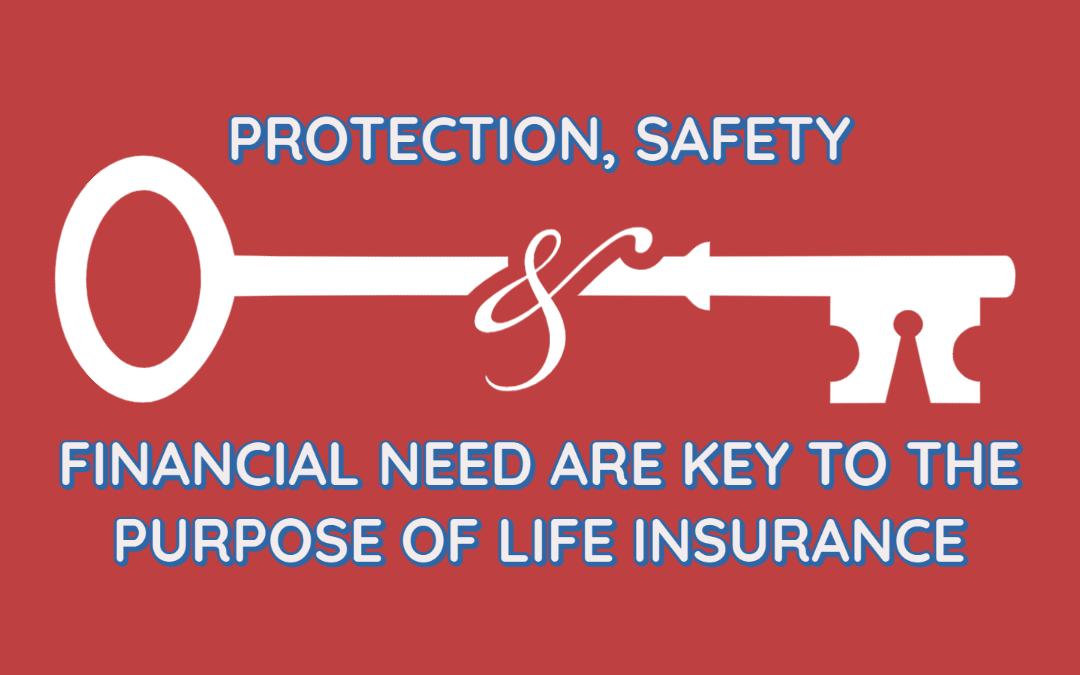The smart Trick of Pacific Prime That Nobody is Discussing
The smart Trick of Pacific Prime That Nobody is Discussing
Blog Article
A Biased View of Pacific Prime
Table of ContentsSome Known Details About Pacific Prime Some Ideas on Pacific Prime You Should KnowEverything about Pacific PrimeThe Definitive Guide for Pacific Prime4 Easy Facts About Pacific Prime Described

This is due to the fact that the data were accumulated for a duration of solid financial efficiency. Of the approximated 42 million people that were without insurance, all but about 420,000 (concerning 1 percent) were under 65 years old, the age at which most Americans end up being qualified for Medicare; 32 million were grownups in between ages 18 and 65, around 19 percent of all grownups in this age team; and 10 million were children under 18 years old, about 13.9 percent of all youngsters (Mills, 2000).
These estimates of the variety of individuals uninsured are generated from the annual March Supplement to the Current Population Study (CPS), performed by the Demographics Bureau. Unless or else noted, national quotes of people without health and wellness insurance and proportions of the population with different type of protection are based upon the CPS, the most extensively used source of estimates of insurance coverage and uninsurance rates.
The Single Strategy To Use For Pacific Prime

Still, the CPS is especially valuable because it generates yearly estimates reasonably promptly, reporting the previous year's insurance policy coverage estimates each September, and since it is the basis for a constant collection of price quotes for even more than two decades, permitting for analysis of patterns in insurance coverage with time. For these reasons, along with the extensive use the CPS in various other studies of insurance coverage that are presented in this record, we depend on CPS estimates, with restrictions noted.

The price quote of the variety of uninsured people increases when a population's insurance policy standing is tracked for several years. Over a three-year period beginning early in 1993, 72 million individuals, 29 percent of the united state population, were without coverage for at least one month. Within a single year (1994 ), 53 million individuals experienced at the very least a month without protection (Bennefield, 1998a)
6 out of every 10 without insurance adults are themselves employed. Functioning does boost the likelihood that one and one's family participants will have insurance, it is not an assurance. Even members of family members with two permanent breadwinner have almost a one-in-ten chance of being uninsured (9.1 percent uninsured price) (Hoffman and Pohl, 2000).
Pacific Prime Things To Know Before You Get This
New immigrants represent a substantial proportion of people without health and wellness insurance. One evaluation has actually connected a significant portion of the recent growth in the dimension of the united state without insurance population to immigrants who arrived in the country in between 1994 and 1998 (Camarota and Edwards, 2000). Current immigrants (those who concerned the United States within the previous 4 years) do have a high rate of being uninsured (46 percent), but they and their children represent simply 6 percent of those without insurance policy country wide (Holahan et al., 2001).
The relationship in between medical insurance and accessibility to care is well developed, as recorded later on in this chapter. Although the partnership in between wellness insurance policy and health outcomes is neither direct neither straightforward, a comprehensive medical and wellness solutions research study literary works links wellness insurance protection to enhanced access to care, much better top quality, and boosted individual and population wellness standing.
Levels of analysis for taking a look at the impacts of uninsurance. It focuses specifically on those without any kind of health insurance for any size of time.
Pacific Prime Fundamentals Explained
The troubles encountered by the underinsured are in some areas comparable to those faced by the without insurance, although they are typically less extreme. Health insurance policy, nonetheless, is neither required nor enough to acquire accessibility to clinical services. The independent and direct result of health and wellness insurance protection on access to health solutions is well established.
Others will certainly acquire the wellness care they need also without medical insurance, by spending for it out of pocket or seeking it from suppliers who supply care free or at extremely subsidized prices. For still others, medical insurance alone does not guarantee receipt of treatment as a result of various other nonfinancial obstacles, such important site as a lack of healthcare service providers in their neighborhood, minimal access to transportation, illiteracy, or linguistic and cultural distinctions.
The smart Trick of Pacific Prime That Nobody is Discussing
Formal research study concerning without insurance populaces in the USA dates to the late 1920s and early 1930s when the Committee on the Expense of Healthcare generated a collection of records about financing doctor office gos to and hospitalizations. This issue ended up being salient as the varieties of clinically indigent climbed up throughout the Great Clinical depression.
Report this page